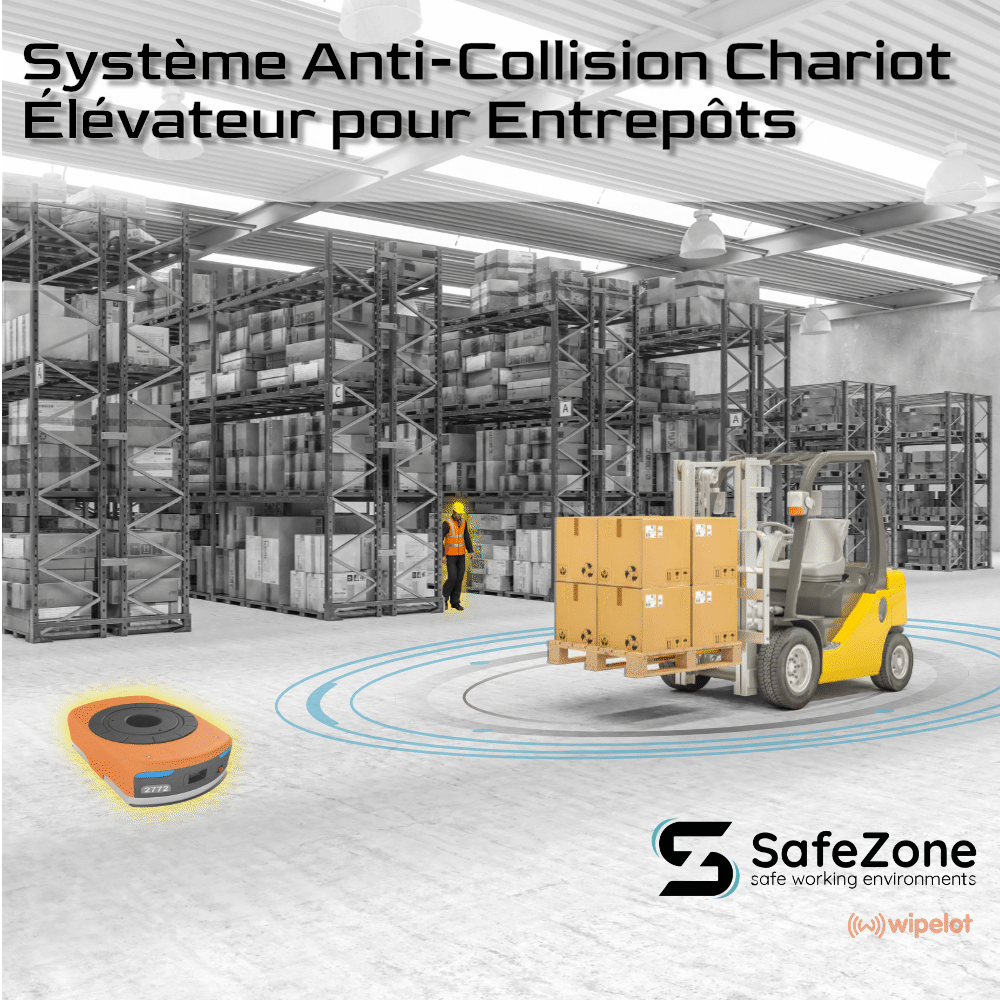Système Anti-Collision Chariot Élévateur pour Entrepôts
Safezone élimine les collisions de chariots élévateurs avec la technologie UWB. Intervention automatique, ralentissement et arrêt avant impact. Précision < 30 cm, compatible chariots électriques. 500+ sites en Europe. ROI en 12-15 mois. Zéro infrastructure complexe.
